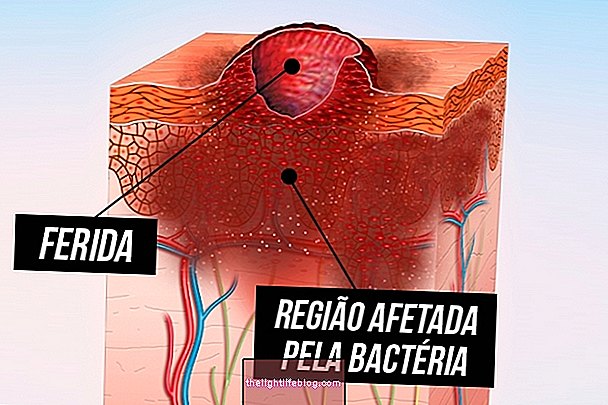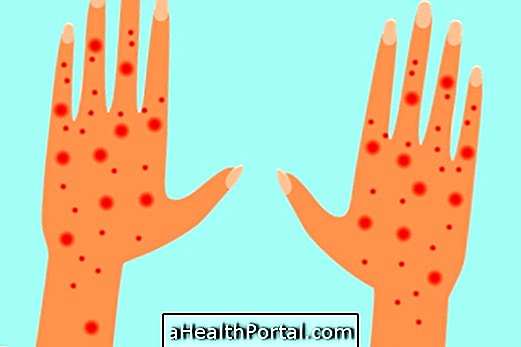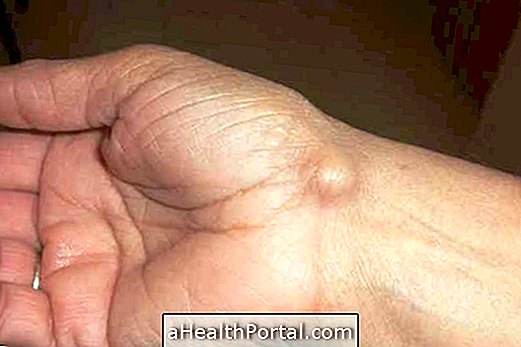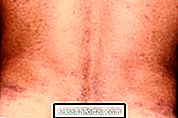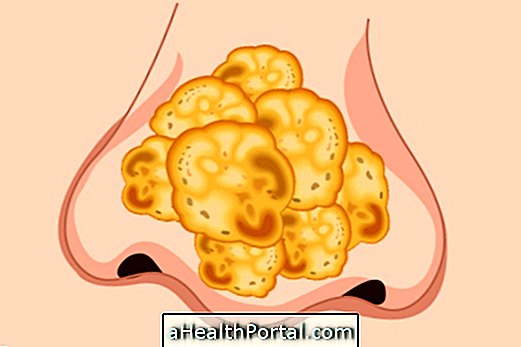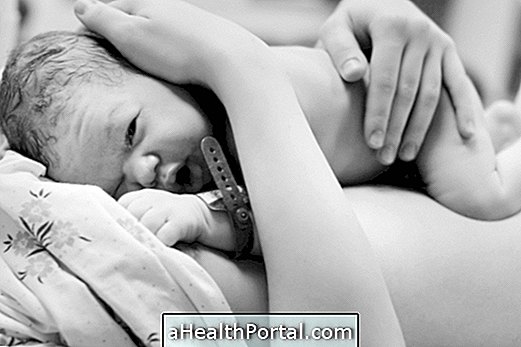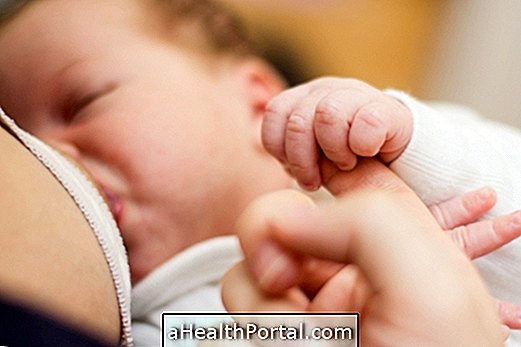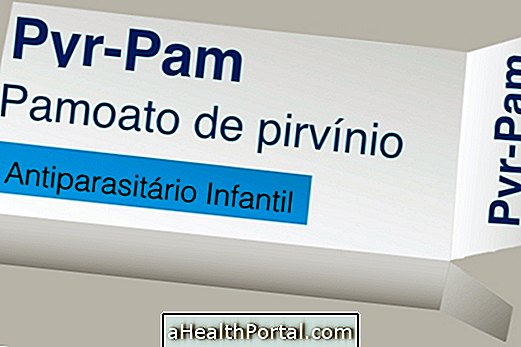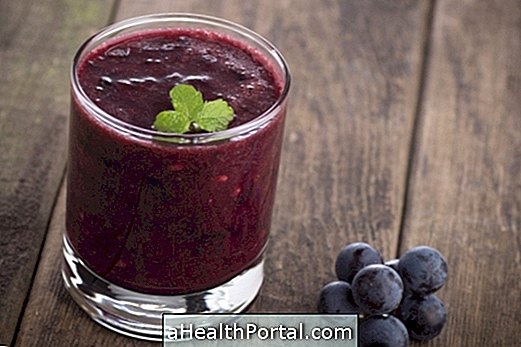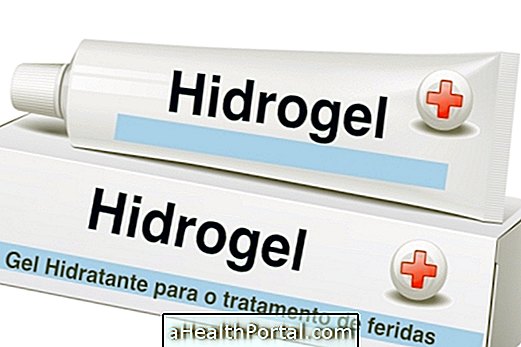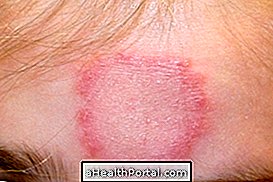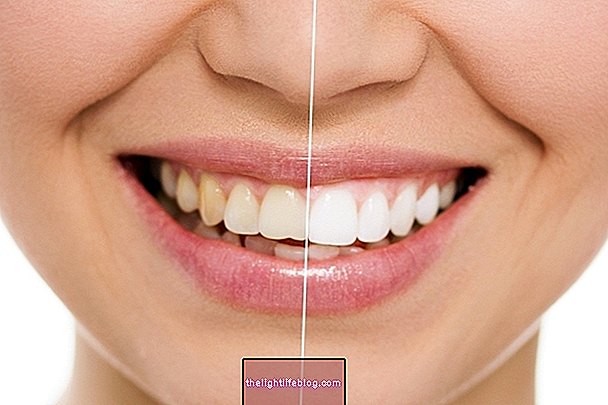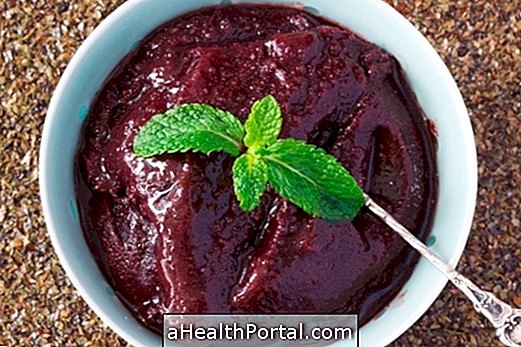Porphyria cutanea tarda is the most common type of porphyria that causes small lesions on the skin exposed to the sun, such as the back of the hand, face or scalp, due to the lack of an enzyme produced by the liver that leads to the accumulation of iron in the skin. blood and skin. Cutaneous porphyria has no cure but can be controlled with the use of drugs prescribed by the dermatologist.
Generally, cutaneous porphyria occurs during adulthood, especially in patients who frequently ingest alcohol or who have problems with the liver, such as hepatitis C.
Delayed skin porphyria is not usually genetic, but in some cases it may pass from parents to offspring, and genetic counseling is recommended before becoming pregnant if there are multiple cases in the family.
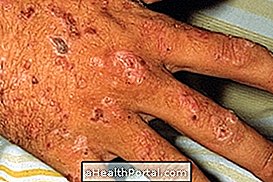

Symptoms of cutaneous porphyria
The first symptom of skin porphyria is the appearance of small blisters on the skin exposed to the sun, which take time to heal, however, other symptoms include:
- Exaggerated growth of facial hair;
- Hardened skin in some places, such as arms or face;
- Urine darkened.
After the blisters disappear, there may still be scars or light spots that take a long time to heal.
The diagnosis of cutaneous porphyria must be made by a dermatologist through blood, urine and feces tests to confirm the presence of porphyrin in the cells, as it is a substance produced by the liver during the disease.
Treatment for cutaneous porphyria
The treatment for cutaneous porphyria should be guided by a dermatologist in collaboration with a hepatologist, since it is necessary to control the levels of porphyrin produced by the liver. Thus, depending on the patient's symptoms, treatment can be done with skin porphyria remedies, such as Chloroquine or Hydroxychloroquine, regular withdrawal of blood to decrease iron levels in cells or a combination of both.
In addition, during treatment it is recommended that the patient avoid alcohol consumption and sun exposure, even with sunscreen, and the best way to protect the skin from the sun is to wear pants, long sleeves, hats and gloves, for example.
